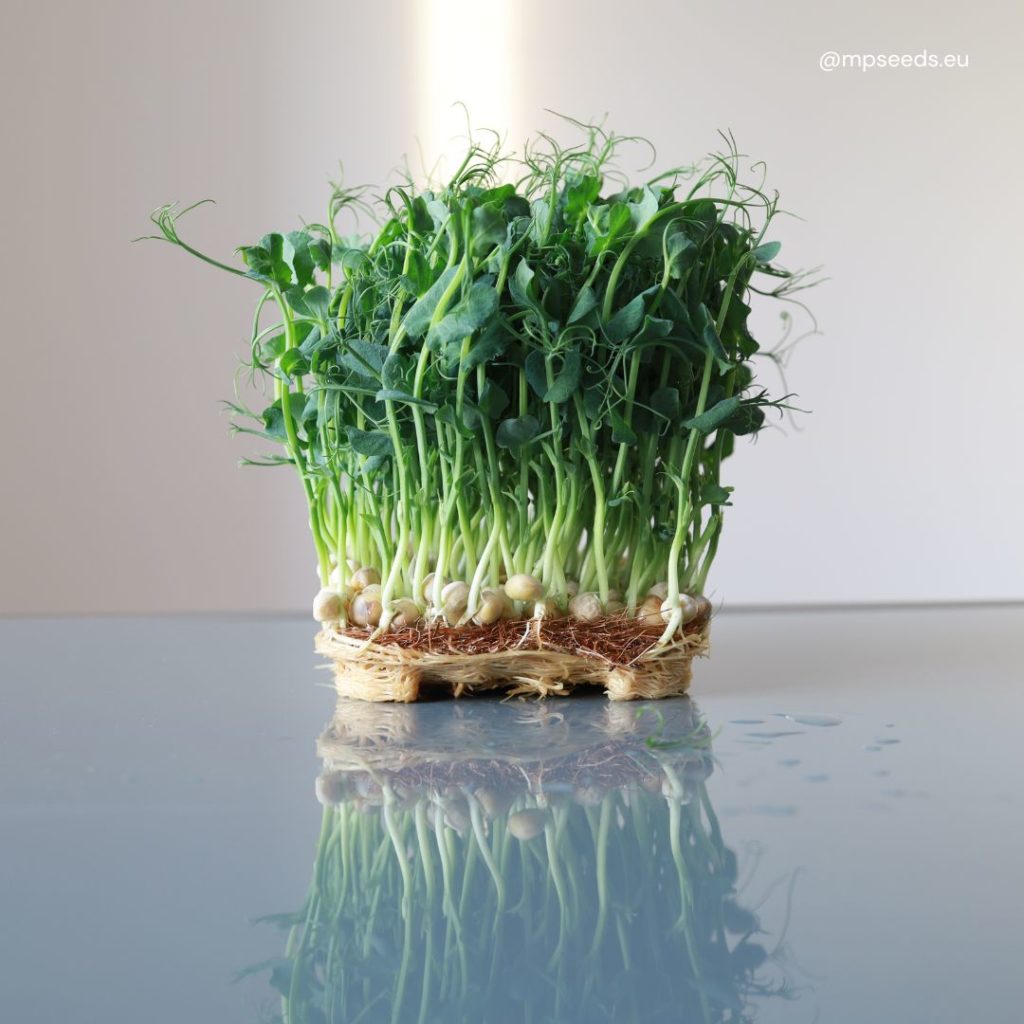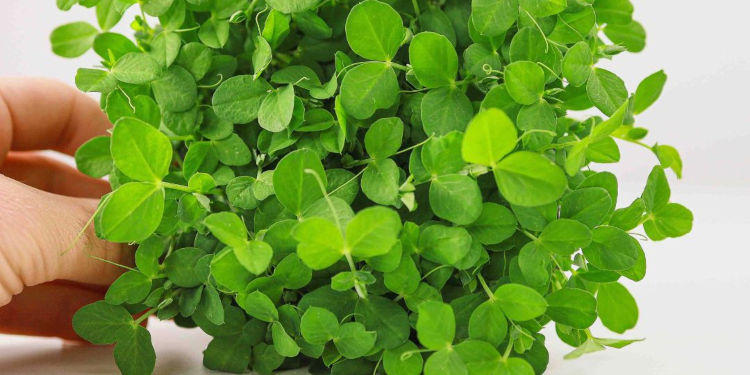Are you thinking about growing microgreens but not sure where to begin? With so many varieties available, it can be hard to decide which ones are beginner-friendly and which might cause more frustration than joy. In this guide, we’ll walk you through the best microgreens to grow for quick, easy success and highlight the ones you should avoid at the start. From speedy harvests to stunning colors and unforgettable flavors, the right microgreens can turn your first growing attempt into a rewarding experience you’ll want to repeat again and again.
Table of Contents
- What Are Microgreens and Why Should You Grow Them?
- How to Choose the Best Microgreens to Grow as a Beginner
- 5 Best Microgreen Varieties for Beginners
- Which Microgreens to Avoid When Starting Out
- Conclusion: Start Growing Microgreens Successfully
1. What Are Microgreens and Why Should You Grow Them?
Microgreens are young, tender plants harvested just 7 to 21 days after germination, once their first set of true leaves appears. They are loved for their vibrant colors, intense flavors, and delicate textures, which make them stand out in any dish. Unlike sprouts, microgreens are grown in soil or a growing medium and require light to develop properly.
For beginners, microgreens are one of the best types of plants to grow. They are fast, easy, and don’t need much space or special equipment (https://mpseeds.eu/microgreens-seeds-to-start-growing). A small tray on a windowsill or under a basic grow light is enough to get started. With a short growing cycle, you can enjoy your first harvest in as little as a week, making microgreens a rewarding and low-risk way to begin your journey into growing your own food.
2. How to Choose the Best Microgreens to Grow as a Beginner
Not all microgreens are equally easy to grow, so choosing the right varieties is key to a successful start. As a beginner, focus on microgreens that are low-maintenance, fast-growing, and deliver great results even with minimal experience. Here’s what to consider:
Ease of growing
Start with microgreens that don’t require special conditions or extra care. Varieties like radish, sunflower, and cress germinate quickly and grow reliably, making them ideal for your first trays. They tolerate small mistakes and still produce a healthy harvest.
Short growing cycle
One of the joys of growing microgreens is how quickly you can see results. Look for varieties with a short growth cycle of 7–10 days, such as broccoli or mustard. These allow you to harvest fresh greens in just over a week and keep you motivated to continue growing.
Appearance and flavor
For a satisfying experience, choose microgreens that are not only easy to grow but also visually appealing and versatile in the kitchen. Vibrant colors, like the purple stems of kohlrabi or the bright green leaves of pea shoots, make your harvest more rewarding. Consider flavor profiles too – mild and sweet varieties tend to be more beginner-friendly than bitter or spicy ones.
Choosing a reliable microgreens seed supplier
The quality of your seeds plays a huge role in your success. Always buy from a reliable supplier who specializes in microgreens seeds. If you’re looking for tested and trusted seeds with high germination rates, consistent quality, and no chemical treatments (essential for fresh microgreens), visit MP SEEDS for a selection recommended for both beginners and experienced growers.

3. 5 Best Microgreen Varieties for Beginners
If you’re just starting your microgreens journey, choosing the right varieties can make all the difference. Here are five of the best types of microgreens to grow as a beginner – they’re reliable, fast-growing, and deliver excellent results even with minimal experience.
Cress: quick and simple
Cress (https://mpseeds.eu/cress-microgreens-seeds) is one of the easiest microgreens to grow. It germinates rapidly and thrives in almost any setup, making it perfect for first-time growers. With its peppery flavor, cress adds a zesty kick to salads and sandwiches.
Sunflower: crunchy and nutrient-rich
Sunflower microgreens are loved for their thick, juicy stems and nutty flavor. They’re not only beginner-friendly but also packed with vitamins and minerals, making them one of the most popular microgreens for health-conscious growers.
Pea shoots: sweet and versatile
Pea shoots are another excellent choice for beginners. They grow quickly and produce tender, sweet greens that are perfect for stir-fries, wraps, or as a fresh snack straight from the tray.
Radish: spicy and fast-growing
Radish microgreens are known for their bold, spicy flavor and vibrant red stems. They germinate in just a couple of days and are ready to harvest within a week, making them one of the fastest-growing microgreens available.
Broccoli: one of the most popular microgreens for health
Broccoli microgreens are a favorite among beginners and experienced growers alike. They are mild in flavor, extremely easy to grow, and celebrated for their high sulforaphane content, which makes them one of the healthiest microgreen varieties on the market.

4. Which Microgreens to Avoid When Starting Out
While many microgreens are beginner-friendly, some varieties can be more demanding and may lead to frustration if you’re just starting. To set yourself up for success, it’s best to avoid these challenging microgreens until you’ve gained more experience.
Varieties with long germination times
Microgreens like basil, shiso, and cilantro take longer to germinate and often require more patience. Their extended growing cycle means a higher risk of mold or other issues developing before harvest. For beginners, it’s smarter to stick with faster-growing microgreens that give quicker, more rewarding results.
Microgreens with high humidity requirements
Some varieties, such as amaranth, beet microgreens, or nasturtium, are sensitive to changes in humidity and temperature. They often require precise conditions to thrive and can easily develop fungal problems in less-than-ideal environments.
5. Conclusion: Start Growing Microgreens Successfully
Starting your microgreens journey doesn’t have to be complicated. By choosing the best microgreens for beginners—like cress, sunflower, and radish—you can enjoy a fast, rewarding harvest even with minimal equipment. Avoiding more challenging varieties such as shiso and cilantro in the beginning will help you build confidence and avoid common pitfalls.
Remember, the quality of your seeds is one of the most important factors for success. Working with a trusted supplier like MPSEEDS ensures high germination rates and provides a diverse range of microgreens seeds for beginners and professionals alike.
Start small, experiment, and don’t be afraid to grow your favorite types. With the right approach and quality seeds, you’ll soon be enjoying fresh, vibrant microgreens straight from your own growing trays.
This is a sponsored article
David Prior
David Prior is the editor of Today News, responsible for the overall editorial strategy. He is an NCTJ-qualified journalist with over 20 years’ experience, and is also editor of the award-winning hyperlocal news title Altrincham Today. His LinkedIn profile is here.













































































